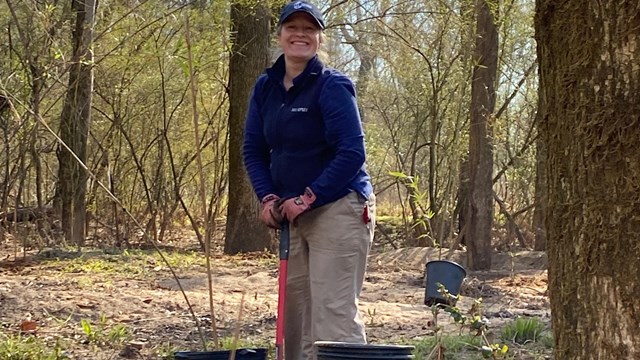Coordination and collaboration have been building in the National Park Service (NPS) and the federal government to meet the issue of invasive species head on. But managing invasive species is a complex issue due to regional differences in species, adapting strategies to fit different ecosystems, and raising awareness about the harm they can cause.

Learn the difference between invasive, exotic, and native species.

Invasive species spread in a variety of ways, even sometimes on our boots.

Several laws and policies direct the National Park Service to manage invasive species.

The most effective, most efficient way to address invasive species is to find them early.
Additional Invasive Species Facts
-
Invasive species thrive because they outcompete native species.
- Invasive species often destroy habitat, affecting the places where other plants and animals naturally live.
- The NPS also manage invasive diseases in national parks.
- Many invasive species are introduced through the movement of humans, either intentionally (e.g., through the release of an unwanted pet into the wild) or unintentionally (e.g., through the soles of shoes). Learn how to fight the spread on the Prevention page under What You Can Do.
Although there is some overlap, invasive species are generally put into three groups: terrestrial plants, terrestrial animals, and aquatic species.
Last updated: April 29, 2021



